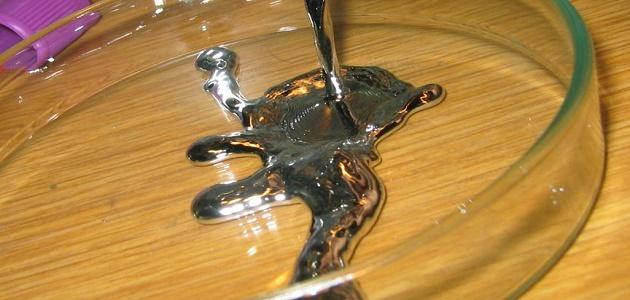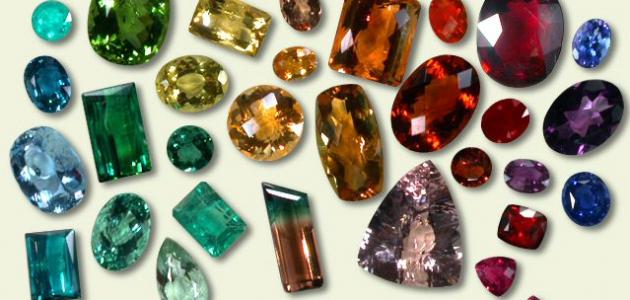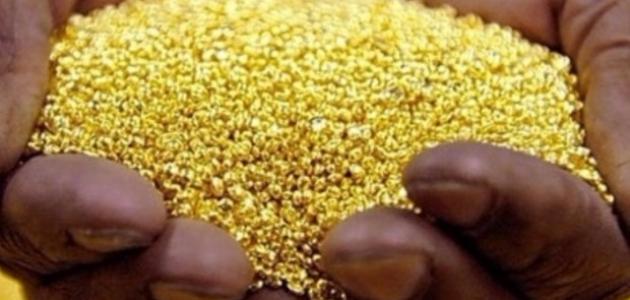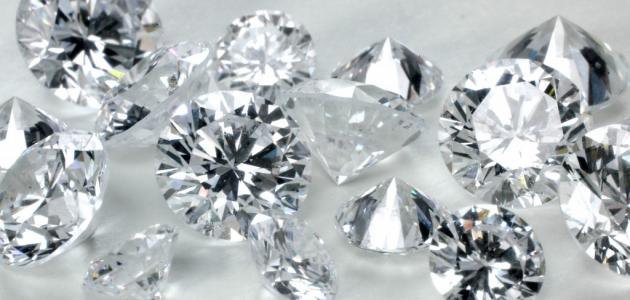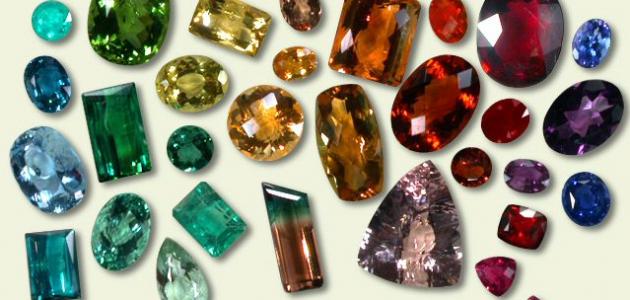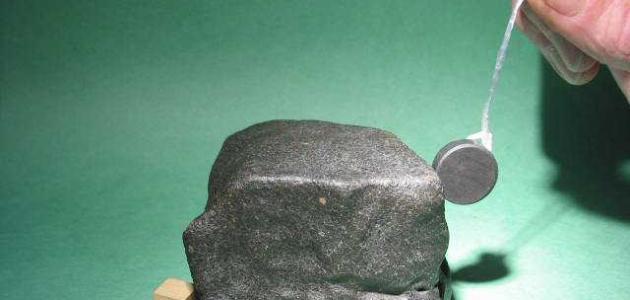Mercury
In the past, people believed that mercury had the ability to transform cheap metals into gold, but the error of this belief soon became clear when Abu Bakr Al-Razi mentioned in his book containing the toxicity of mercury and its compounds before he used it in the manufacture of medicine, and with the great progress that humanity has witnessed, the toxicity of mercury and its harmful effects became clear. On humans, mercury is a silver-colored metal. It is liquid at normal temperature and flows easily, so it is called quick silver. Mercury is a dangerous poison that has the ability to destroy brain and nerve cells and prevent food from reaching them. Mercury is capable of destroying immune cells and causing autoimmune diseases. The accumulation of mercury in the body causes inflammation of the joints and skin, and a defect in the activity of enzymes that can lead to paralysis.
Mercury extraction
Mercury is found in the earth in small quantities when compared to other minerals. Despite the small amounts of mercury in the earth’s crust, the ground deposits contain large quantities of mercury, which makes it abundantly available in the earth. Mercury is extracted from an ore called cinnabar, which consists of mercury and sulfur. To extract mercury, we heat Cinnabar in the presence of an air current, the sulfur reacts with oxygen, and the mercury remains pure.
Uses of mercury
- It is used in the chemical and mining industries, and is used to extract gold from the original ore.
- Manufacture of electrical appliances, and in the manufacture of chlorine and caustic soda.
- Pesticide manufacturing, dentistry, and paper manufacturing.
- Manufacture of thermometers and devices that measure atmospheric pressure.
- It is used in chemical reactions as a catalyst.
- In leather tanning and in the manufacture of natural silk.
Sources of mercury pollution
- Industrial waste from chemical compounds, petroleum manufacturing, mining, and the chlorine manufacturing process are among the industries that produce a large amount of waste.
- Waste that is disposed of in water bodies, such as sewage waste.
- Use of insecticides and fungicides.
- The process of extracting minerals from a mine.
- Humans become infected with mercury by eating food contaminated with mercury, such as fish and vegetables.
Human poisoning with mercury
- Dental treatments: Using mercury in dental fillings is an unhealthy method, because mercury can leak into the body and cause many harms to health. Chemists believe that the use of mercury has great harms to health, such as electrical charges resulting from the chemical reaction that may It goes to the patient's brain, causing major health damage and may lead to death.
- The liquid state of mercury: Mercury in its liquid state is still the subject of experiments by chemists, and its effect on the body has not been proven if it remains in the blood vessels, but if it exits into the skin and tissues, it causes severe harm. Because it is easily absorbed by the skin, scientists agree that mercury poses a danger when inhaling its vapor or absorbing toxic compounds. Mercury evaporates at room temperature, and the air carries mercury compounds into the human, animal, and plant bodies, which poses a serious danger to living organisms.
